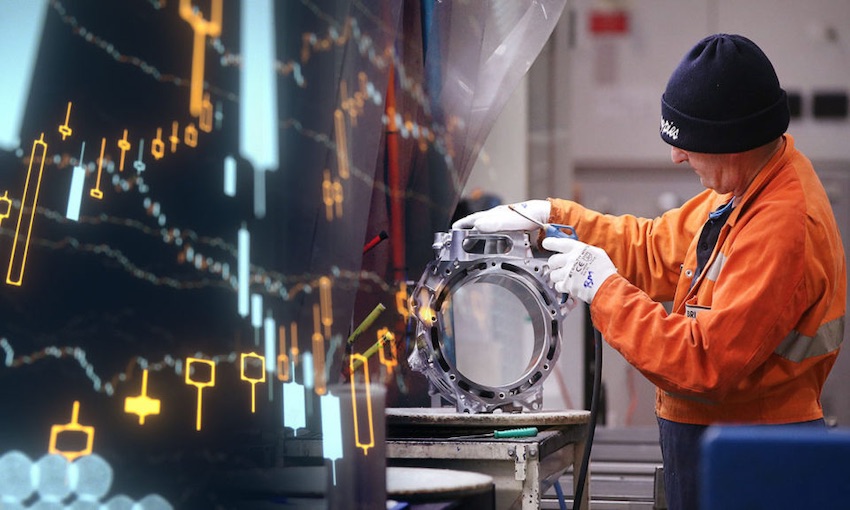AN expert in quality management is forecasting a significant increase in components and machinery made locally after the government’s $1.5bn investment into its Modern Manufacturing Strategy.
The change will result in improved availability and safety of consumer goods in Australia, according to Saeid Nikdel, quality management expert at business services company SAI Global.
The federal government made its investment available to two of the six priority manufacturing sectors, as of this month. Manufacturers can apply for a grant to help them strengthen their local supply chain, handle mass production, upskill employees, scale up and improve competitiveness.
Mr Nikdel said, “Restrictions enforced across the world have resulted in a lack of availability, or delivery delays, of goods, due to parts and components held up in international supply chains.
“The slowing of production lines has led a flow-on effect to Australians wanting to access goods. The problem has highlighted our manufacturing sector’s deepest vulnerability, its dependence on overseas markets for the supply of machinery, tools, parts and product components.”
Most of the machinery brought into Australia comes from the United States and Europe, while product components and parts mostly come from China.
Mr Nikdel said that in the last 12 months, local manufacturers, assemblers and distributors have faced delays almost twice as long as in 2019.
“These have impacted their ability to produce local goods. Numerous manufacturers have also struggled to scale up operations to meet the increase in demand. It has been a wake-up call for our manufacturers, who now realise they must strengthen their supply chains.
“A number of our manufacturing clients have revealed to us they are now looking to produce their own product components in Australia. The growth and strengthening of Australia’s manufacturing sector is dependent on this happening and the government investment is timely.”
While, most evidently, the growth in production and manufacturing on our shores will benefit our economy, consumers will also see a significant shift towards quality through supply chains, not just improved availability.
“We have higher standards and product statutory and regulatory requirements than other countries, benefiting the end user with superior-quality products with safer design considerations,” Mr Nikdel said.
“Safer products will result in minimal incident risks or product recalls, increasing customer satisfaction. Our high safety legislations, codes of practice, and quality standards are the reasons why Australian-made products are so popular in international markets.
As our manufacturers start to produce more locally, they can place a stronger focus on providing quality and safety products and services by certifiying to Quality Management System ISO 9001 and OHS Management System ISO 45001.”

